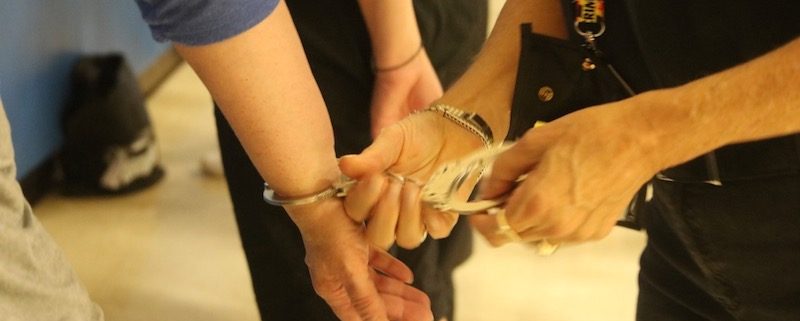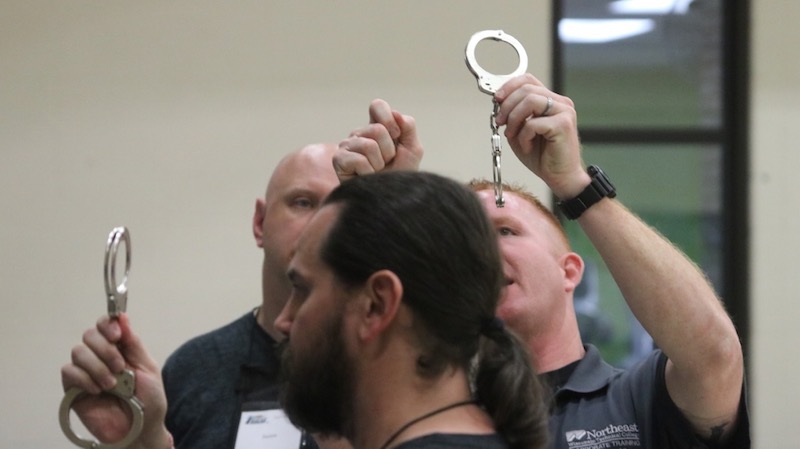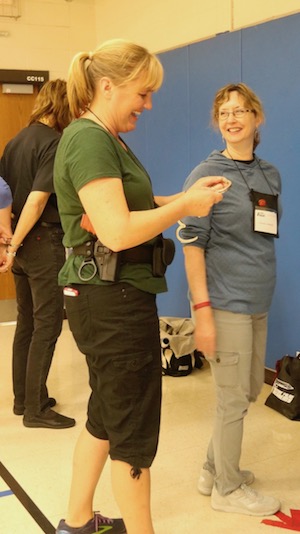Singer/drummer Phil Collins once crooned about deception in his haunting song In the Air Tonight, and it’s his words along with recent headlines that are the inspiration for today’s article. Or are they? Am I telling the truth, or am I spewing forth a pack of lies?
“I’ve seen your face before my friend
But I don’t know if you know who I am
Well, I was there and I saw what you did
I saw it with my own two eyes
So you can wipe off that grin,
I know where you’ve been
It’s all been a pack of lies.”
~ Phil Collins
For starters, Collins certainly wasn’t yodeling about a grouping of people lounging about while in a horizontal position. His song is about someone who told a bunch of fibs—tall tales offered with an intent to deceive others. You know, like writers of fiction do so well each and every day of their lives. They’re all, to put it as nicely as I can … professional and highly effective liars.
Savvy detectives, though, as part of their finely-honed investigative skills, must have the ability to distinguish when a suspect is forthcoming with answers to basic subtly-asked questions straight from the “Detective 101 Handy-Dandy Handbook,” such as, “Did you do IT, you lowlife, dirty, rotten thief?” Or, the more advanced (for seasoned investigators only) difficult to answer, “You’d best confess because you know you don’t want to be executed by extremely painful electrocution while strapped down tightly to the electric chair … do you?”
The Dreaded Polygraph
Before we move on, you guys are aware that polygraph tests aren’t 100% reliable, right? And you know that a polygraph devices measure a person’s heart rate, their breathing, and their galvanic skin response, yes?
Oh, you’re not sure about the last one. Okay …
What the Heck is Galvanic Skin Response?
GSR (no, not gun shot residue) are the changes in sweat gland activity and their conductivity that reflect the intensity of our emotional arousal. In simpler terms, how much or how little our skin’s conductance values change during different types of arousal. It’s a sort of sweat detector, kind of.
For example, an investigator asks you, “Do you own a copy of Lee Lofland’s book about police procedure?”
You answer yes and the palms of your hands and soles of your feet remain as dry as a California summer day, and this is because you do indeed own a copy and it sits atop your desk each and every day.
Then the detective asks, “Have you ever used the book as a door stop or placed it on a dirty bathroom floor as you tended to your personal needs during the 2018 Writers’ Police Academy?”
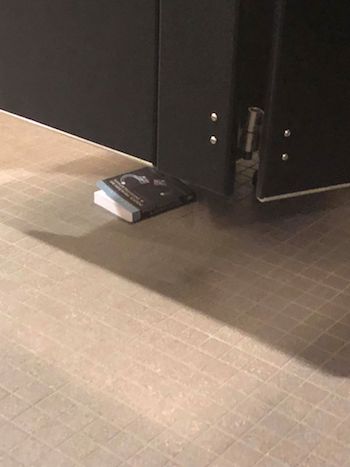 You respond with a resounding “No!” and suddenly your pores open up widely, drenching the entire room and both you and the detective with a torrential flood of perspiration.
You respond with a resounding “No!” and suddenly your pores open up widely, drenching the entire room and both you and the detective with a torrential flood of perspiration.
You’ve just been caught telling a massive fib which, in turn, leads Nancy Drew to the Powder Room where she promptly photographs the evidence, an image you’ll soon see in court.
The image above is an actual photo taken by someone at the 2018 Writers’ Police Academy. It was not a staged shot. I’m extremely pleased that my book goes everywhere with this unidentified woman. Never leave home without it, folks. You never know when you may need a fact, or something to stand on to prevent your feet from contacting the floor in a public restroom. The book’s usefulness is unlimited!
Anyway, that’s the GSR part of the exam. Next, what is it about filling our lungs with good old oxygen combined with the bass drum-pounding of our cheating hearts that tells police we’re lying our butts off with every word that spills from our tongues and lips?
Basically, the theory is that if you’re lying your heart rate and rate of respirations accelerate whenever you say something that isn’t true.
 But what all this boils down to is that, at best, a polygraph exam is not a lot more accurate than attempting to learn your fate by dropping a quarter in the fortune telling machine on the boardwalk at Ocean City, Maryland.
But what all this boils down to is that, at best, a polygraph exam is not a lot more accurate than attempting to learn your fate by dropping a quarter in the fortune telling machine on the boardwalk at Ocean City, Maryland.

Thrasher’s Fries – Ocean City, Md. Boardwalk
The upside is that you could enjoy an order of Thrasher’s delicious french fries while reading the babble pre-printed on the response card spewed forth by the machine’s mechanical soothsayer.
Instead of actually detecting lies, though, one of the major pluses with the use of polygraph exams is garnering confessions. It’s a device of trickery. A detective’s magic hat. It’s a fantastic interrogation tool as long as the person in the “hot seat” believes in it and truly thinks it can detect all lies told..
Imagine, for a moment, sitting in a quiet room where a bespectacled, slightly balding and portly fellow who’s wearing a black suit fiddles with papers. You’re not permitted to see what’s on them before he places the sheets inside a folder, a folder with your name written boldly across the tab, in bright red ink.
The man’s manner of speech is a bit soft and hypnotic but also sort of nerve-grating condescending, as if he already knows it was you, the six-year-old heathen child who plucked that beautiful daisy from Old Lady Sourapple’s flower garden.
He speaks in a monotone, staccato style while connecting a series of wires, straps, and velcroey things to various parts of your body. Small talk about what he’s doing without really saying anything more than you already now—he’s strapping you to a device that can and will read your mind.
Your heart begins to patter its pitter.
You think back to the time when told your mother you were at Judy Jenkins’ house studying when you were actually cruising through town with football team captain Ned Noneck, making the popular teen loop, back and forth, round and round, between Billy’s Burger Palace and Susie’s Soda Shoppe. Had to let all the cool kids see you in the car snuggled up tightly to Ned while the radio blasted out Go All the Way by the Raspberries, and Dragging the Line by Tommy James and those guys known as the Shondells.
“He’s gonna know what you did.”
The man ripssssss the Velcro away from your arm to readjust and then squishes it back into place.
Darn. The pen and paper clip you “borrowed” from the office.
And you did sort of look at Karen Stdueburke’s paper while taking the math test 35 years ago.
Oh. My. Goodness. Will he ask about that time when you were out town on business and you charged the extra dessert to your company credit card?”
Darn. Darn. Darn.
The man takes a seat and asks you to state your name and date of birth and before you know it you’ve blurted out every single transgression and wrongdoing you’ve committed over the course of your entire life. You’ve told of trespasses and confessed sins you’d forgotten. You even went into detail about undertipping a waiter because you wanted to save the extra quarter for the collection plate at church but instead used it to buy yourself an extra scoop of chocolate mint ice cream.
Guilty As Sin!
“Guilty. Guilty. I. Am. A. Guilty. Sinner!”, you scream as you run out of the room sweating like a pig, huffing and puffing like the bellows on an antique pump organ, with your heart pounding against the inside of your chest wall, mimicking the thundering start of Queen’s We Will Rock You.
All this because the mere thought of a “lie detector” machine intimidated you into confessing.
You see, in most cases a polygraph test is used by to investigators who’re trying to elicit a confession. It’s slight of hand and sweet-talking that works best, not a series of rapid and long and tall red lines, peaks, and valleys on a piece of paper that seals the deal. Not at all.
It’s the person’s belief that the machine works that makes it so effective as a crime-solving tool. After all, the science behind it is so flawed that results gained from the devices are typically not admissible in courts (see Frye v. United States and United States v. Scheffer).
Still, the fear of what could come out is a driving factor of utilizing polygraphs.
You can’t hide your lying eyes
You can’t hide your lying eyes
And your smile is a thin disguise
I thought by now you’d realize
There ain’t no way to hide your lying eyes
~ The Eagles
There are other means to detect when a person is lying, such as EyeDetect, a system that measures changes in pupil size, the movement of the eyes, reading behaviors, blinking of the eye, and certain fixations.
Using an infrared camera and a complex algorithm, EyeDetect records responses to questions and eye measurements and immediately uploads those responses to a server. The Converus Credibility Score stating whether the person’s responses were either true or false and are returned right away.
The European Polygraph Journal reported “the mean decision accuracy of EyeDetect is 86%. That is comprised of .89 for True Negatives (TN) and .83 for True Positives (TP) and no Inconclusive (INC) results.”
So please don’t worry, because …
I won’t ever leave
If you want me to stay
Nothing you could do
That could turn me away
Hanging on anyway
Believing the things you say
Being the fool
You’ve taken my life
So take my soul
That’s what you said
And I believed it all
I want to be with you
Long as you want me to
But don’t move away
Ain’t that what you said?
Ain’t that what you said?
Ain’t that what you said?
Liar
Liar, liar
~ Three Dog Night


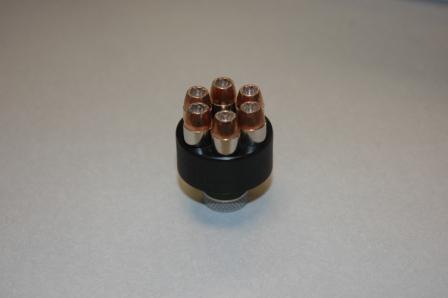

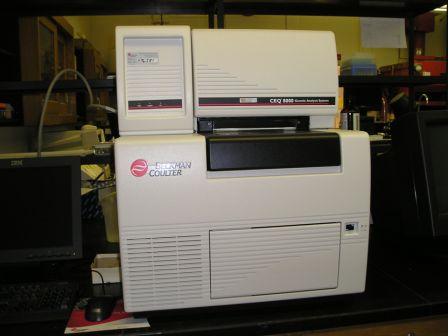

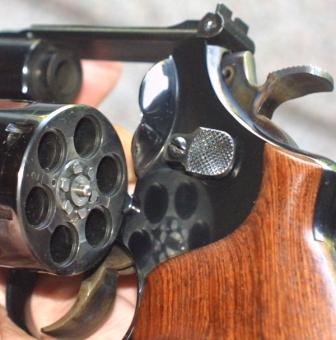
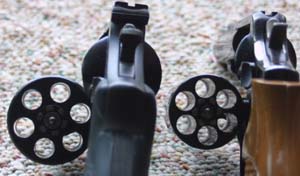
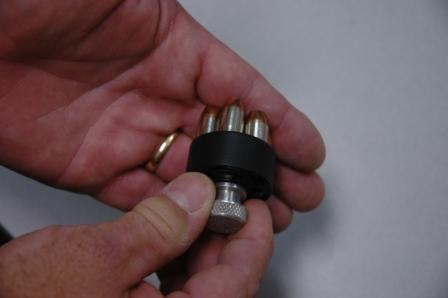



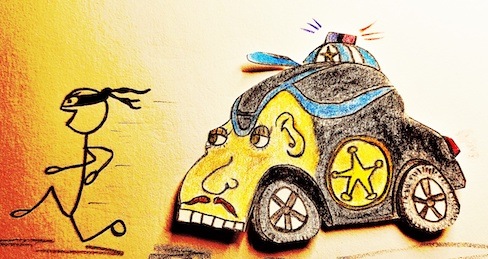
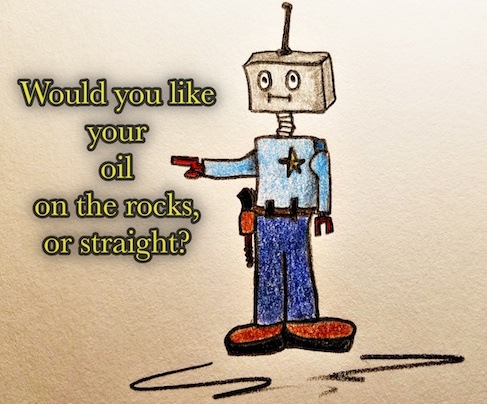
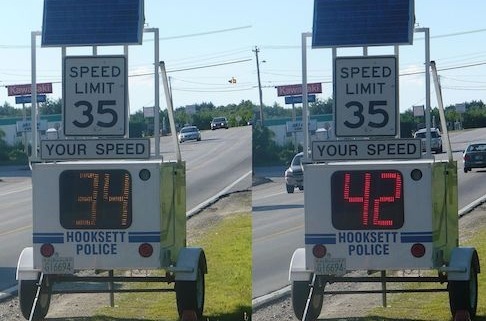
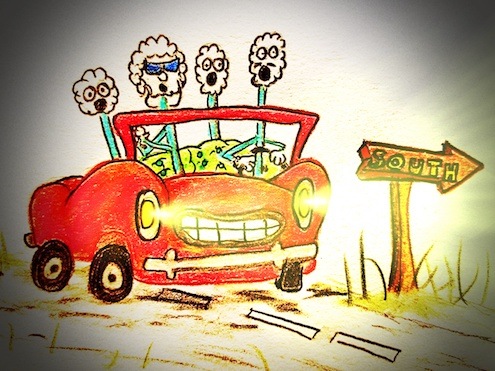


 You respond with a resounding “No!” and suddenly your pores open up widely, drenching the entire room and both you and the detective with a torrential flood of perspiration.
You respond with a resounding “No!” and suddenly your pores open up widely, drenching the entire room and both you and the detective with a torrential flood of perspiration. But what all this boils down to is that, at best, a polygraph exam is not a lot more accurate than attempting to learn your fate by dropping a quarter in the fortune telling machine on the boardwalk at Ocean City, Maryland.
But what all this boils down to is that, at best, a polygraph exam is not a lot more accurate than attempting to learn your fate by dropping a quarter in the fortune telling machine on the boardwalk at Ocean City, Maryland.
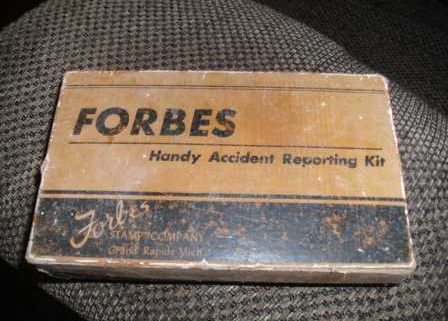

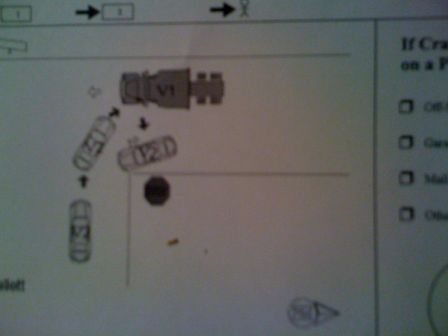
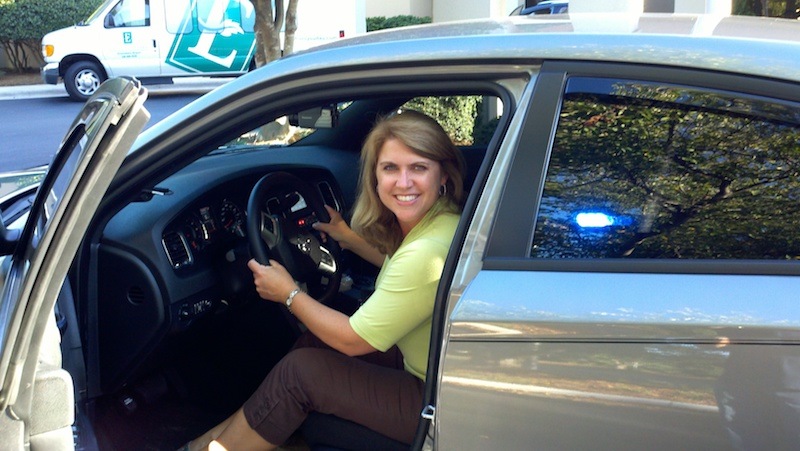
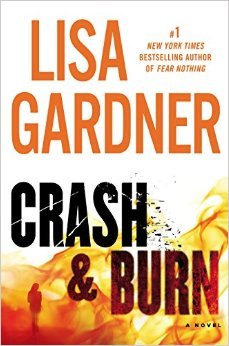 Click to read more. It’s a HOT one!
Click to read more. It’s a HOT one!

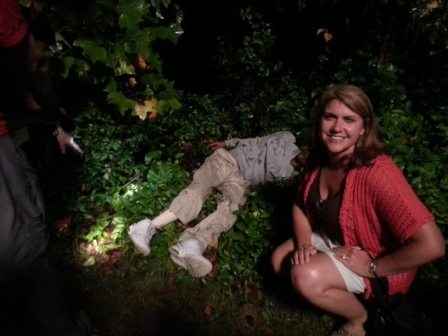



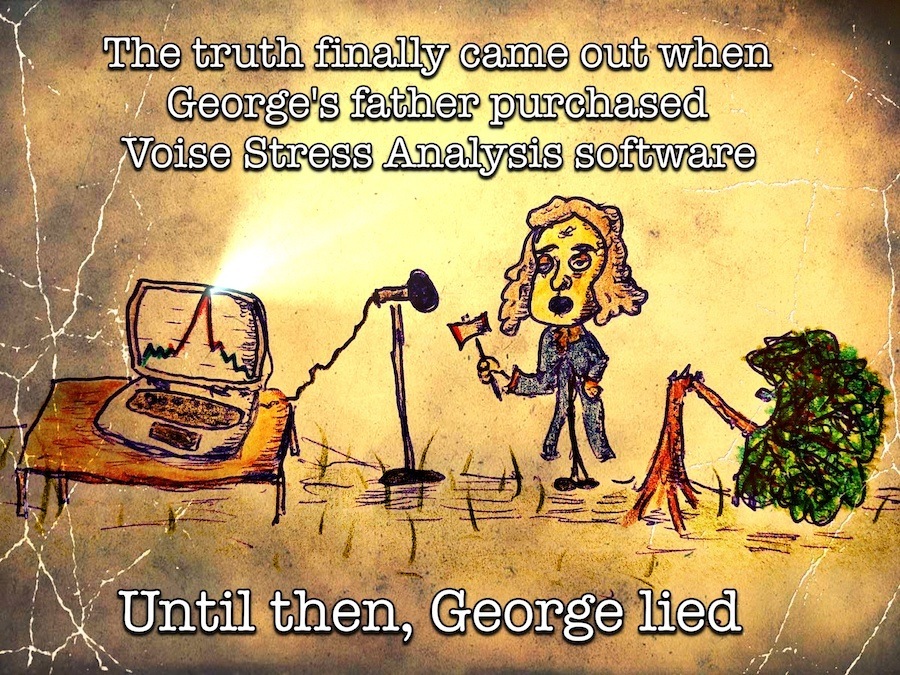
 CVSA technology focuses on the inaudible and stress-induced aspects of the voice—muscle micro-tremors.
CVSA technology focuses on the inaudible and stress-induced aspects of the voice—muscle micro-tremors.